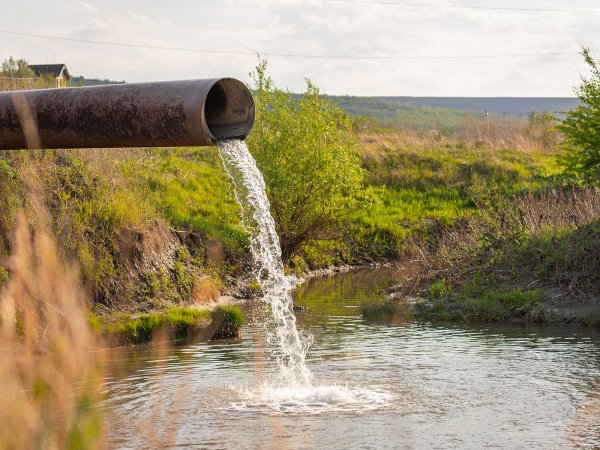
Streams provide drinking water, subsistence fishing, and recreational opportunities. In urban areas, they attract nearby residents, especially those of lower socioeconomic status who cannot afford to travel long distances. City dwellers swim and/or fish in these waters and may take the catch home for food. Water and health are inexorably linked. However, urban areas such as Lancaster, PA, were sites of heavy industry along its waterways for over a century before the installation of pollution controls. Hence, sediments in these urban waters may be contaminated with legacy metals and organics. Currently, many industries are located on historical industrial sites, partly because of the water access and partly because many industries can locate on brownfields. These newer industries also continue to discharge pollution – at lower concentrations – but still adding to the stream pollution load.
This combination of contact recreation/fishing with legacy and current industrial pollution has the potential to pose a risk to those who swim and/or fish in urban waterways. To address this, programs such as the Total Maximum Daily Load (TMDL) were developed to drive cleanup of impacted waterways. TMDLs are created through analyzing water chemistry and microbiological quality, as well through benthic macroinvertebrate sampling and fish surveys. Generally, TMDLs do not include sediment sampling even though sediment can be resuspended into the water column during high flow events or due to changes in the water chemistry (pH, dissolved oxygen), which may allow trapped pollutants to re-enter the water column. It is assumed that sediment pollution problems would be detected during macroinvertebrate sampling through the shifting of pollution-sensitive to pollution-tolerant species. The goal of the TMDL is to assess average conditions, not transient spikes of pollution due to stormflow or episodic discharges. However, while we can generally assume that residents do not use urban waterways during heavy storms, they may continue to use them during smaller storms and also not wait for average conditions to return to use the waters after a larger storm. A deeper understanding of pollutant fluxes and indicator/surrogate measures is needed to better provide timely information regarding water health.
This project will install a YSI sonde in an impacted urban stream in Lancaster. The sonde will provide continuous measurements of water quality (depth, pH, dissolved oxygen, turbidity, and dissolved organic matter). Water and sediment samples also will be collected quarterly and analyzed for PCBs, copper, zinc, lead, total nitrogen, total phosphorus, and microbiological indicators. Because PCB exposure can result in the development of antibiotic-resistant microorganisms, those samples will be analyzed for resistance to several common antibiotics. Our long-term goal is to develop correlations between real-time indicator measurements and water and sediment pollutant concentrations. These correlations will be incorporated into a US EPA surface water model such as Aquatox, which models pollutant transport and impacts on aquatic organisms. This improved understanding of pollutant fluxes can provide a base for developing a tool that can provide real-time information on urban water health.
Researchers
Christopher Blaszczak-Boxe










